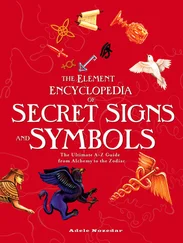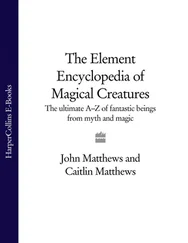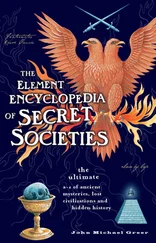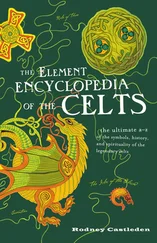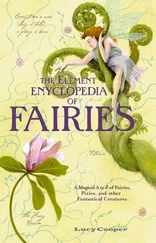Dawes was very much of the mind that ownership of land would have a “civilizing” effect on the Native Americans. In order to be civilized, he said, a man had to:
“… wear civilized clothes … cultivate the ground, live in houses, ride in Studebaker wagons, send children to school, drink whiskey and own property …”
The key points of the Act were as follows:
The head of a family would be allotted 160 acres; an orphan or a single person under the age of 18 would receive 80 acres; and anyone else under the age of 18 would receive 40 acres.
These allotted chunks of land would be held in trust by the U.S. Government for 25 years.
Native Americans could choose their own land, and had four years to do so. If they still had not made a decision after this time, then they would have to take what they were given.
Further, any Native American who had received land and who had subsequently “adopted the habits of a civilized life” would be made a citizen of the United States.
Excluded from the Act at the time it was passed were the Cherokee, Creek, Choctaw,Chickasaw, Seminole, Miami, and Peopria, who were living in the Indian Territory, also the Osage, Sauk and Foxin the Oklahoma Territory, and any of the Senecain New York.
The Act was not universally admired by any means, certainly not by the Native Americans whose traditional way of living, sharing the land and its bounty, was completely ignored. It was also looked upon with a great deal of suspicion and cynicism by many of European descent. Senator Henry M. Teller of Colorado spoke for many when he said that the real purpose of the Allotment policy was:
“… to despoil the Indians of their lands and to make them vagabonds on the face of the earth …”
Teller also pointed out that:
“… The provisions for the apparent benefit of the Indians are but the pretext to get at his lands and occupy them … If this were done in the name of Greed, it would be bad enough; but to do it in the name of Humanity … is infinitely worse …”
Teller was proved right. The amount of land given to individuals was not sufficient for them to subsist in the ways that they had done for generations, and effectively saw the end of the traditional way of hunting. It also forced the Native Americans to become farmers instead. A further complication came about in that, if the owner of the land died, the allotment could be divided into even smaller chunks by his heirs. After 25 years the Native had the right to sell the land, and the result was that much of it was bought by white settlers for bargain-basement prices. It was also sold to the railroad companies and other major organizations, as Teller had predicted.
The amount of land originally owned by Native Americans was estimated at some 150,000,000 acres; fewer than 15 years after the Act, in 1900, this had been reduced to 78,000,000 acres.

The Allotment Act was abolished in 1934, as no longer deemed necessary.
1840-1908
An Oglala Siouxchief and son of Sitting Bear, American Horse’s Native name was Wasicun Thasunke , meaning “he who has the horse of a white man.” He also had the nickname “Spider.” Other illustrious members of his family include his uncle, also American Horse, and his father-in-law, Red Cloud. He also fought alongside Crazy Horseand, in later years, became a performer in Buffalo BillCody’s Wild West Show.
American Horse became Shirt-wearer, or chief, along with Crazy Horse, Young Man Afraid of His Horses, and He Dog, in 1868. In 1887 American Horse was one of the chiefs who signed a treaty between the U.S. Government and the Sioux, which essentially reduced the Sioux territory in Dakota by half, a ruling which, not surprisingly, was vehemently opposed by over half the Oglala. At the same time the unrest was reflected in the burgeoning Ghost Dance Movement, and further exacerbated by the murder of Sitting Bull. However, the potential uprising against the Federal Government by the Oglala was deflected by American Horse, who persuaded them to adhere to the terms outlined by the treaty in the name of peace; consequently, the tribe settled at the Pine Ridge Reservation. American Horse campaigned for fair treatment of the Sioux—including better rations—in accordance with what had been agreed.
A great advocate of education, American Horse believed that Native Americans would do well to be schooled according to the white man’s ways; his son and nephew were among the first to attend the controversial Carlisle School.
American Horse died peacefully at Pine Ridge in 1908.
Also known by the acronym AIM, this organization was founded in Minneapolis in 1968 as a focus for numerous issues that concerned the Native American community. It followed on from the Red Power movement.
The issues concerning AIM included housing, police harassment toward those of Native American origin, poverty, and also the outstanding issues concerning treaties between the Native peoples and the U.S. Government. Although the movement started in Minneapolis, it soon gained momentum across the United States, and in 1971 members gathered together to protest in Washington, D.C.
The “Trail of Broken Treaties” saw the Native American representatives present a list to the Government of 20 demands that they felt they were entitled to, due to various promises that had been made in historical agreements. These 20 items were:
Restore treaty-making (ended by Congress in 1871)
Establish a treaty commission to make new treaties (with sovereign Native Nations)
 Provide opportunities for Indian leaders to address Congress directly
Provide opportunities for Indian leaders to address Congress directly
 Review treaty commitments and violations
Review treaty commitments and violations
Have any unratified treaties reviewed by the Senate
Ensure that all American Indians are governed by treaty relations
 Provide relief to Native Nations as compensation for treaty rights violations
Provide relief to Native Nations as compensation for treaty rights violations
 Recognize the right of Indians to interpret treaties
Recognize the right of Indians to interpret treaties
Create a Joint Congressional Committee to reconstruct relations with Indians
Restore 110 million acres of land taken away from Native Nations by the United States
 Restore terminated rights of Native Nations
Restore terminated rights of Native Nations
Repeal state jurisdiction on Native Nations
 Provide Federal protection for offenses against Indians
Provide Federal protection for offenses against Indians
 Abolish the Bureau of Indian Affairs
Abolish the Bureau of Indian Affairs
Читать дальше
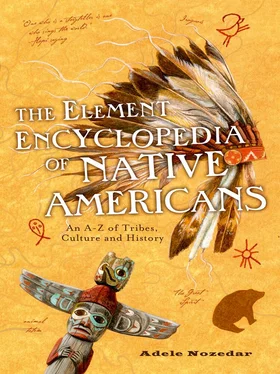

 Provide opportunities for Indian leaders to address Congress directly
Provide opportunities for Indian leaders to address Congress directly

